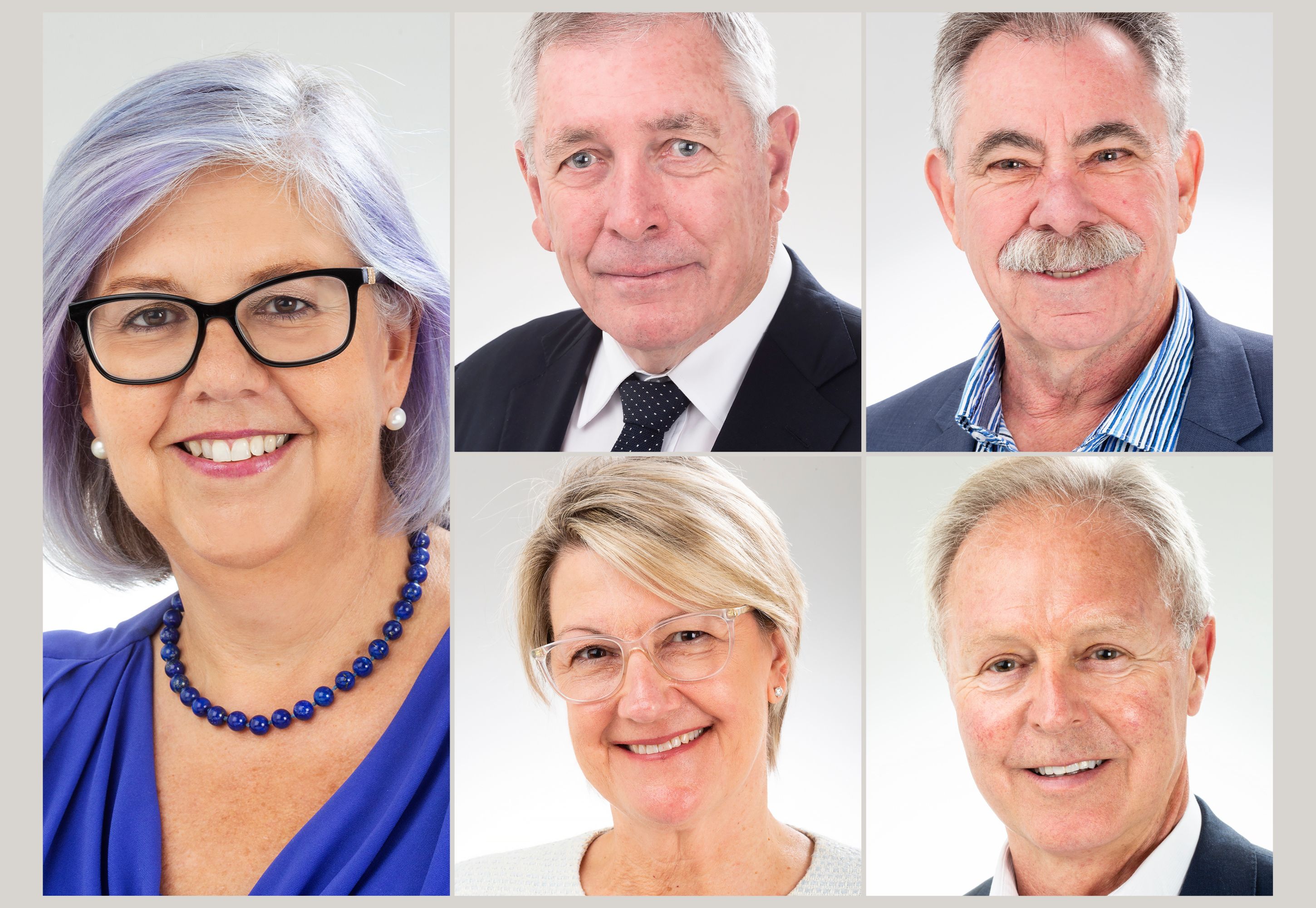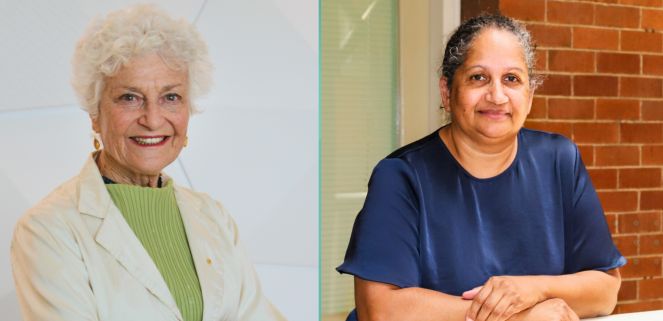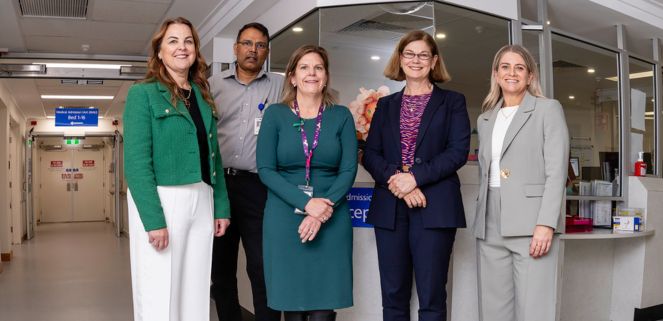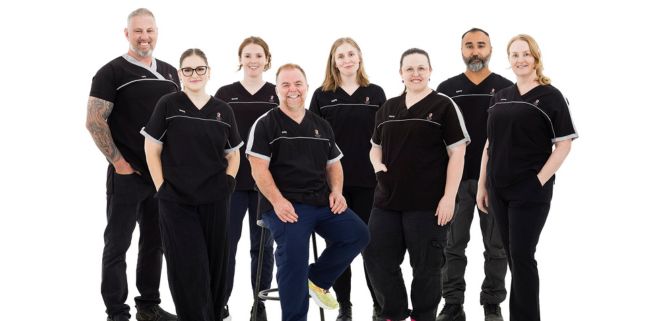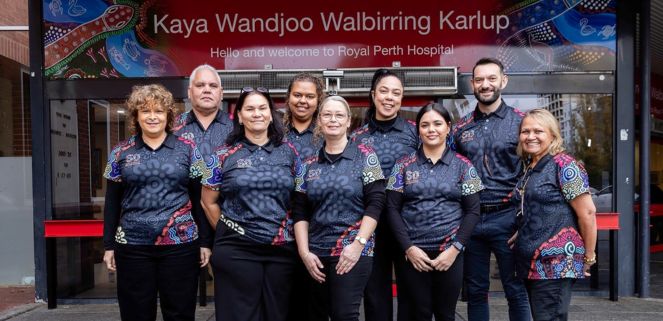News
More News
-
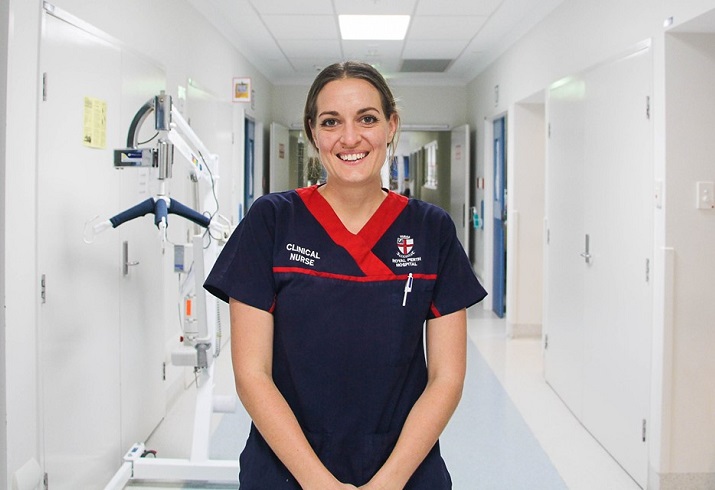 Say hello to Lola, acting Nurse Manager of our State Major Trauma Unit (SMTU). 15 August 2019 Say hello to Lola, acting Nurse Manager of our State Major Trauma Unit (SMTU) and a valued member of the RPH nursing team for the last 10 years. “I never thought about becoming a nurse when I was younger but applied for nursing because I wanted a career that offered me variety, flexibility and allowed me to work with people, especially those in vulnerable populations,” said Lola. “Nursing allows me to make a difference in people’s lives and I’m privileged to have a profession I am proud of.” When patients and their families come to the SMTU they are often experiencing the most emotional and frightening time in their lives. Lola, and the rest of the SMTU team, are there to guide patients on their road to recovery. Because of this shared journey, Lola remembers many patients, their families and their stories of triumph and determination. “One of the many reasons I work in Trauma is bec...
Say hello to Lola, acting Nurse Manager of our State Major Trauma Unit (SMTU). 15 August 2019 Say hello to Lola, acting Nurse Manager of our State Major Trauma Unit (SMTU) and a valued member of the RPH nursing team for the last 10 years. “I never thought about becoming a nurse when I was younger but applied for nursing because I wanted a career that offered me variety, flexibility and allowed me to work with people, especially those in vulnerable populations,” said Lola. “Nursing allows me to make a difference in people’s lives and I’m privileged to have a profession I am proud of.” When patients and their families come to the SMTU they are often experiencing the most emotional and frightening time in their lives. Lola, and the rest of the SMTU team, are there to guide patients on their road to recovery. Because of this shared journey, Lola remembers many patients, their families and their stories of triumph and determination. “One of the many reasons I work in Trauma is bec... -
 RPH Emergency Department's Dr Caitriona - a Patient Opinion Story 07 August 2019 Royal Perth Hospital’s Emergency Department has received a Patient Opinion story from a patient who arrived with a concussion and wanted to share his experience with the team that cared for him. Patient Matt reached out to us to share more about his story and the amazing care he received from Dr Caitriona (pictured). Matt was referred to the ED by his GP after sustaining a head injury in a football game earlier in the day. “Two went in for the mark and unfortunately I came off second best, but the team did go on to win the game!” “I was attended to by the caring Dr Caitriona, who performed a number of tests to ensure that I was diagnosed correctly. She performed the tests with care and the tests were extremely comprehensive. She was very clear with her explanations and was confident in her diagnosis.” Matt’s partner also took the opportunity to pass ...
RPH Emergency Department's Dr Caitriona - a Patient Opinion Story 07 August 2019 Royal Perth Hospital’s Emergency Department has received a Patient Opinion story from a patient who arrived with a concussion and wanted to share his experience with the team that cared for him. Patient Matt reached out to us to share more about his story and the amazing care he received from Dr Caitriona (pictured). Matt was referred to the ED by his GP after sustaining a head injury in a football game earlier in the day. “Two went in for the mark and unfortunately I came off second best, but the team did go on to win the game!” “I was attended to by the caring Dr Caitriona, who performed a number of tests to ensure that I was diagnosed correctly. She performed the tests with care and the tests were extremely comprehensive. She was very clear with her explanations and was confident in her diagnosis.” Matt’s partner also took the opportunity to pass ... -
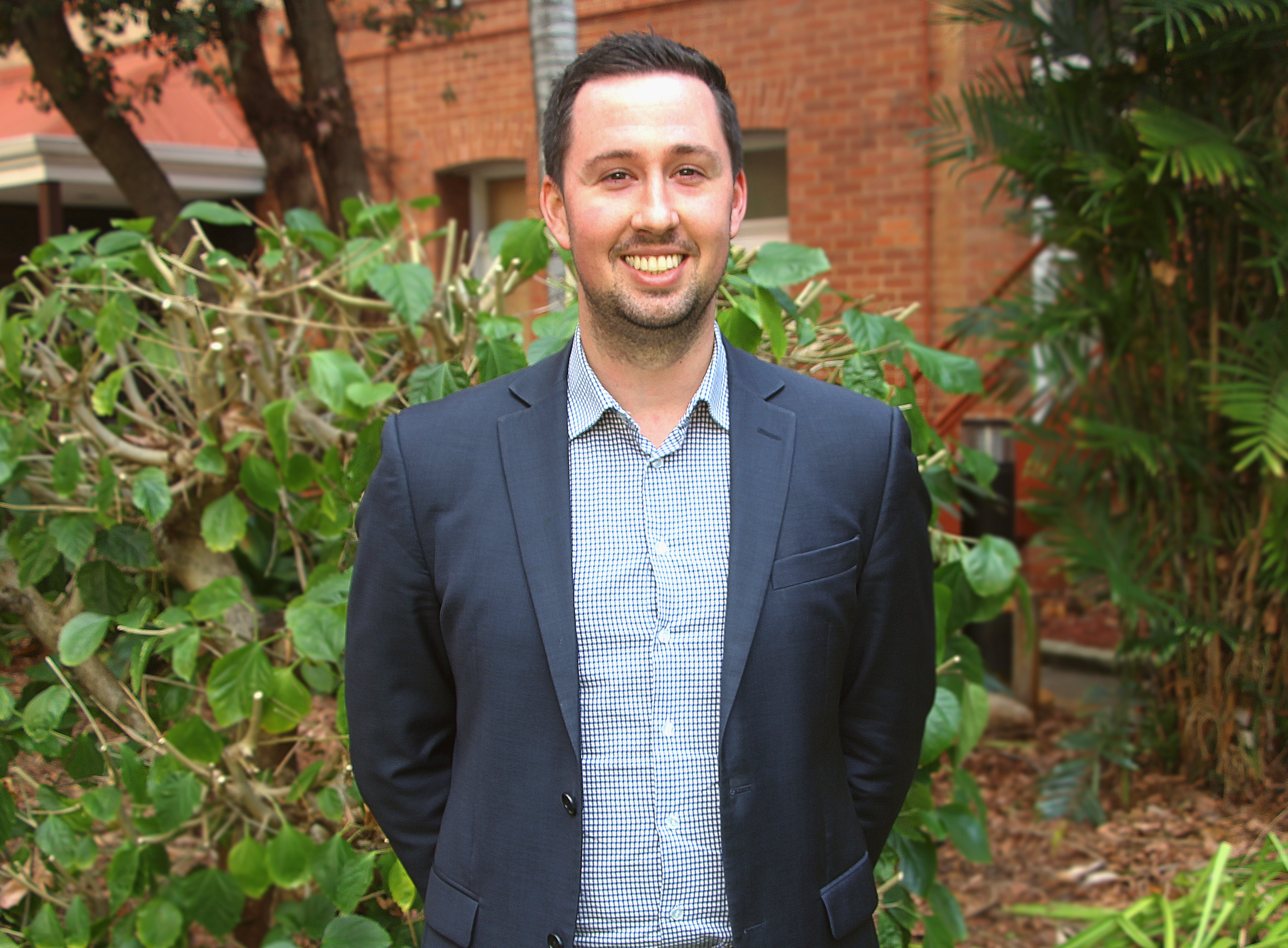 Excellence recognised in WA Young Professional Engineer of the Year 2019 06 August 2019 Congratulations to Health Technology Management Unit’s Biomedical Engineer Alex Hayes, who was named WA Young Professional Engineer of the Year at Engineers Australia’s centenary gala on Thursday 1 August. Recognised for demonstrating excellence in product development and technology support in biomedical engineering, Alex has worked on a variety of projects to help develop innovative ways of delivering healthcare. This includes the development of a novel medical device to treat abscesses without surgery. The simple, cost-effective device is ideal for low-cost healthcare settings such as rural and remote communities and has the potential to significantly reduce the impact of chronic disease on the community. During his time at EMHS Alex has been a key contributor to the innovative work delivered by the Centre for Implant Technology and Retrieval Analysis. The team provides specialised s...
Excellence recognised in WA Young Professional Engineer of the Year 2019 06 August 2019 Congratulations to Health Technology Management Unit’s Biomedical Engineer Alex Hayes, who was named WA Young Professional Engineer of the Year at Engineers Australia’s centenary gala on Thursday 1 August. Recognised for demonstrating excellence in product development and technology support in biomedical engineering, Alex has worked on a variety of projects to help develop innovative ways of delivering healthcare. This includes the development of a novel medical device to treat abscesses without surgery. The simple, cost-effective device is ideal for low-cost healthcare settings such as rural and remote communities and has the potential to significantly reduce the impact of chronic disease on the community. During his time at EMHS Alex has been a key contributor to the innovative work delivered by the Centre for Implant Technology and Retrieval Analysis. The team provides specialised s... -
 Meet Nabeela 01 August 2019 Meet Nabeela, Armadale Hospital’s DonateLife Clinical Nurse Specialist and an ICU nurse. Nabeela joined Armadale Health Service (AHS) and the ICU team more than seven years ago. When the opportunity arose to take on the hospital’s DonateLife role in 2018 she seized the chance to combine her clinical skills with a cause close to her heart. Did you know “registering to become an organ and tissue donor has a direct influence on donation rates, and nine in ten families say yes to donating when a family member is on the Australian Organ Donor Register?,” she asks. When she first started in this role, Nabeela said that there was varied awareness amongst staff of the organ donation services at the hospital, which commenced in 2015. In the 18 months since taking on the DonateLife portfolio for AHS, she has worked hard to raise awareness of organ and tissue donation by hos...
Meet Nabeela 01 August 2019 Meet Nabeela, Armadale Hospital’s DonateLife Clinical Nurse Specialist and an ICU nurse. Nabeela joined Armadale Health Service (AHS) and the ICU team more than seven years ago. When the opportunity arose to take on the hospital’s DonateLife role in 2018 she seized the chance to combine her clinical skills with a cause close to her heart. Did you know “registering to become an organ and tissue donor has a direct influence on donation rates, and nine in ten families say yes to donating when a family member is on the Australian Organ Donor Register?,” she asks. When she first started in this role, Nabeela said that there was varied awareness amongst staff of the organ donation services at the hospital, which commenced in 2015. In the 18 months since taking on the DonateLife portfolio for AHS, she has worked hard to raise awareness of organ and tissue donation by hos... -
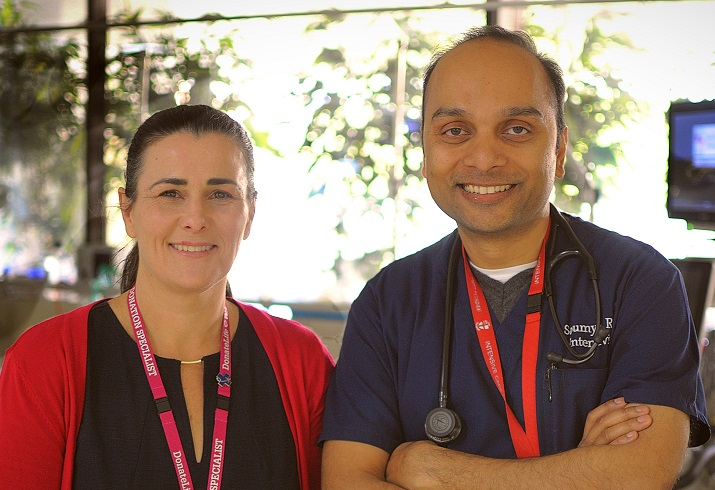 DonateLife Week - Meet Andree and Soumya 30 July 2019 As part of DonateLife Week 2019, we spoke to two people who are dedicated to raising awareness of organ and tissue donation and supporting the donors, their families and the staff who care for them. Meet Andree Gould, Clinical Nurse Specialist at Royal Perth Hospital (RPH) and DonateLife Donor Coordinator, and RPH Intensivist and Donation Medical Specialist, Dr Soumya Ray. Both commit themselves to supporting donors and their loved ones through the often emotional and challenging end-of-life care discussions. While a patient’s journey can be a difficult and stressful time for themselves and their families, it’s also an opportunity for Andree and Soumya to offer comfort and closure, and to enable the incredibly generous and benevolent act of donation. Each day, Andree’s role is split between working at the RPH ICU DonateLife office and being on-call at DonateLife WA. Id...
DonateLife Week - Meet Andree and Soumya 30 July 2019 As part of DonateLife Week 2019, we spoke to two people who are dedicated to raising awareness of organ and tissue donation and supporting the donors, their families and the staff who care for them. Meet Andree Gould, Clinical Nurse Specialist at Royal Perth Hospital (RPH) and DonateLife Donor Coordinator, and RPH Intensivist and Donation Medical Specialist, Dr Soumya Ray. Both commit themselves to supporting donors and their loved ones through the often emotional and challenging end-of-life care discussions. While a patient’s journey can be a difficult and stressful time for themselves and their families, it’s also an opportunity for Andree and Soumya to offer comfort and closure, and to enable the incredibly generous and benevolent act of donation. Each day, Andree’s role is split between working at the RPH ICU DonateLife office and being on-call at DonateLife WA. Id...
Last Updated:
21/05/2025


